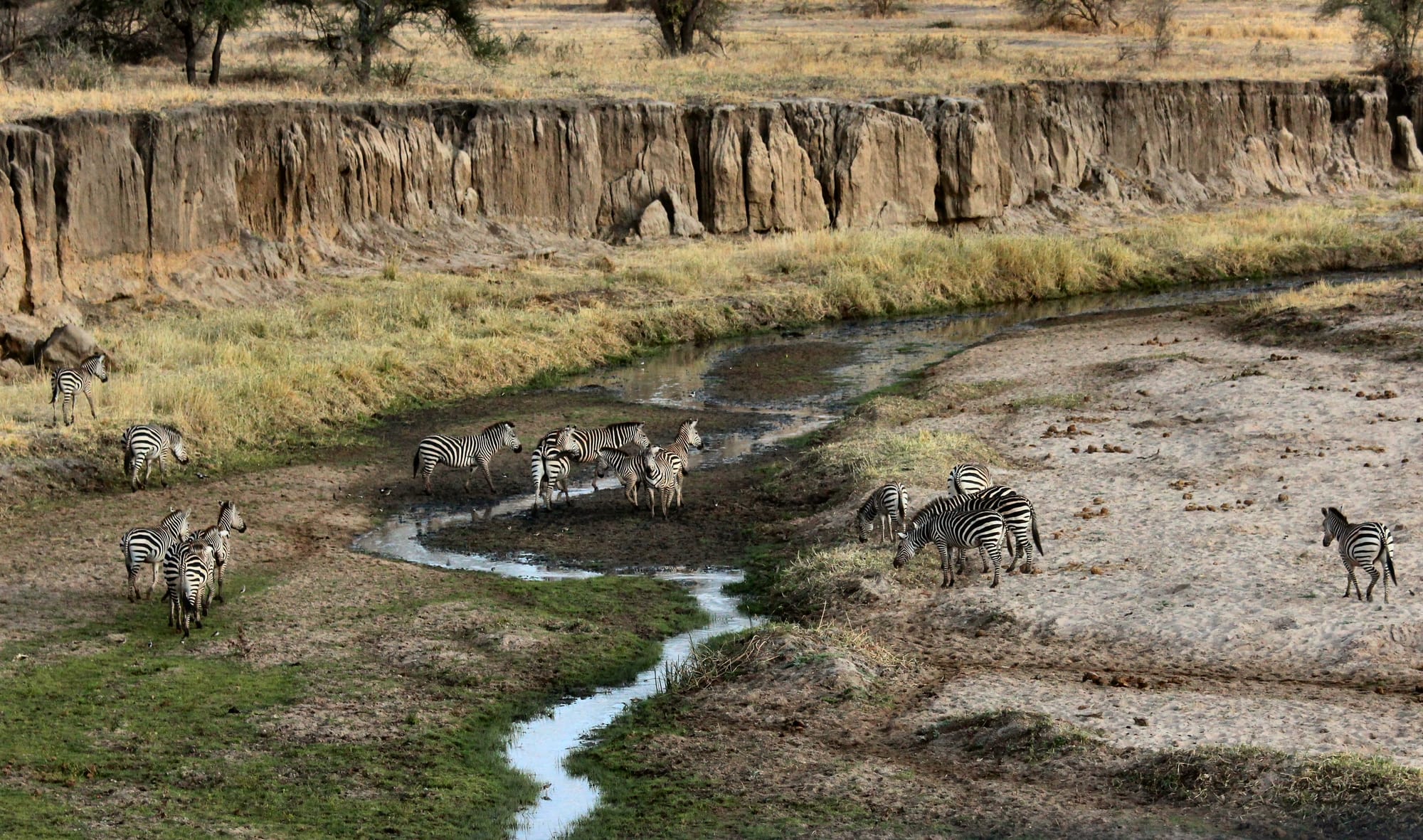
Exploring Tanzania's diverse climate: from savannas to summits
Tanzania, nestled on the eastern coast of Africa, boasts a climate as diverse as its stunning landscapes. From the vast plains of the Serengeti to the majestic heights of Mount Kilimanjaro, the country experiences a range of climates that contribute to its unique ecological and cultural tapestry.
Coastal and lowland areas: tropical and humid
The eastern coastal regions and lowlands of Tanzania experience a tropical climate, characterized by high temperatures and humidity. Cities like Dar es Salaam, located along the Indian Ocean, bask in warm temperatures throughout the year. The coastal areas are influenced by the monsoon winds, resulting in distinct wet and dry seasons.
Serengeti and savanna plains: classic African savannah
Moving inland, the iconic Serengeti and vast savanna plains showcase a classic African savannah climate. With distinct wet and dry seasons, the region is home to the spectacular Great Migration. During the wet season, the plains come alive with lush vegetation, attracting a myriad of wildlife.
Highland regions: varied temperatures and breathtaking landscapes
The highland areas, including the Ngorongoro Crater and the Usambara Mountains, experience more varied temperatures. The Ngorongoro Crater, a UNESCO World Heritage Site, boasts a unique microclimate within its volcanic crater walls. The cooler temperatures and diverse ecosystems make these highlands a haven for both wildlife and agriculture.
Mount Kilimanjaro: a world of its own
Crowning Tanzania is the snow-capped peak of Mount Kilimanjaro, Africa's highest mountain. Kilimanjaro has its own microclimate, with temperatures decreasing as you ascend. The mountain has distinct ecological zones, from lush rainforests at the base to the arctic conditions at the summit. Climbers experience various climates during their ascent, making it a truly unique and challenging journey.
Seasonal patterns: dry and wet seasons
Tanzania experiences two primary seasons – the dry season and the wet season. The dry season, typically from June to October, is favored by many travelers for safari adventures. The wet season, from November to May, brings lush landscapes and is an excellent time for birdwatching.
Impacts of climate on wildlife and tourism
The diverse climate of Tanzania plays a crucial role in the country's rich biodiversity. The annual Great Migration in the Serengeti, for instance, is influenced by the changing seasons. The varied climates also contribute to the country's thriving tourism industry, offering visitors a range of experiences throughout the year.In conclusion, Tanzania's climate is a key player in shaping the country's natural wonders and cultural heritage. From the tropical coasts to the snow-covered peaks, each region offers a unique climate that contributes to the overall charm of this East African gem.